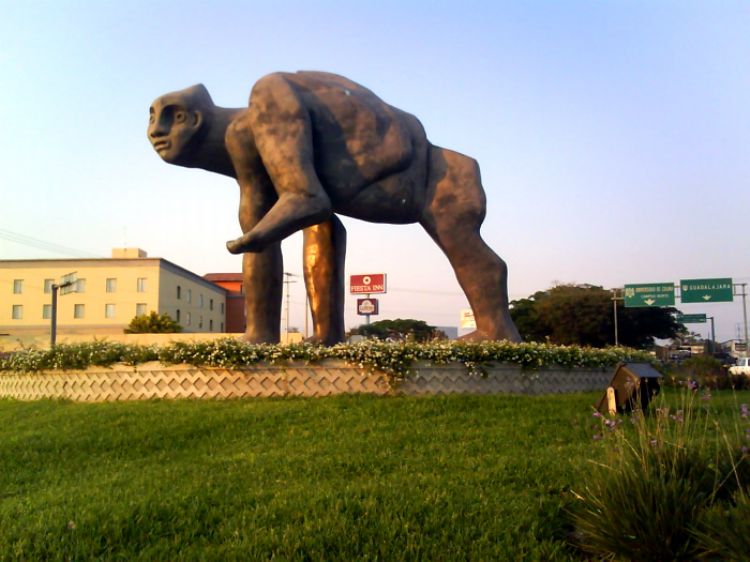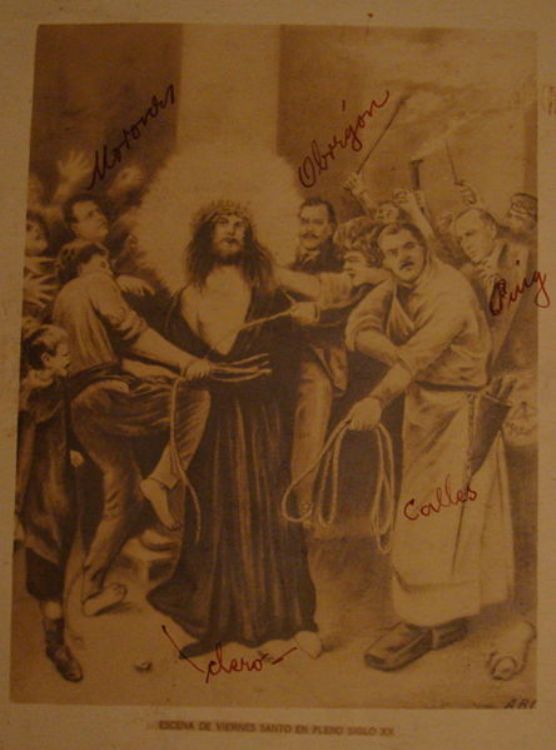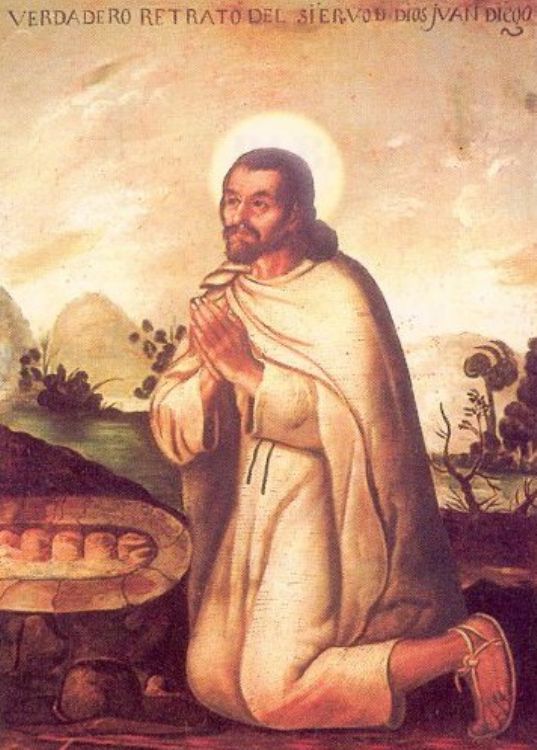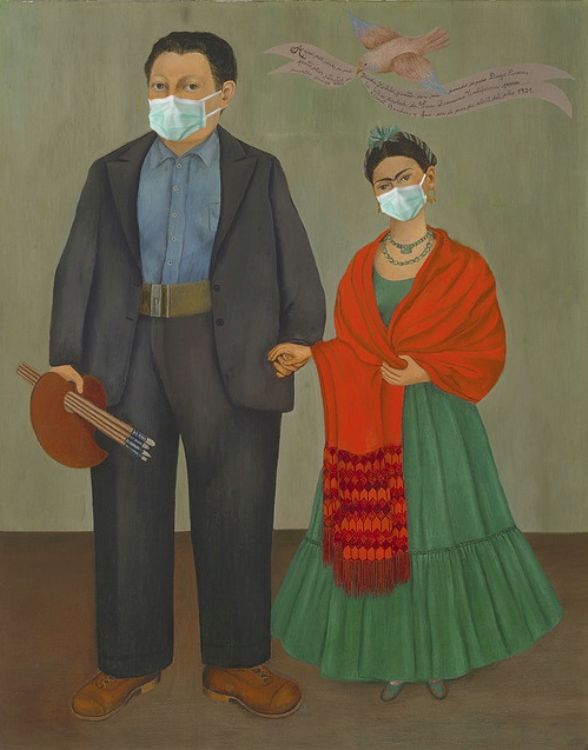José Luis Cuevas, A Figure in Mexican Art

José Luis Cuevas was born on February 26, 1934 in Mexico City. He is a drawer, etcher, illustrator and sculptor, one of the most important figures in current Mexican arts. He was one of the leaders of the ârupture generationâ against Mexican muralism; the generation that manifested against the art that presented political programs focused on promoting nationalist ideals. He constantly defended his posture against the official culture, academic teachings and muralism.
In the mid 1950âs, the work of José Luis Cuevas began to be recognized by collectors and achieved great fame through constant exhibits worldwide. In support of the student movement of 1967, he exhibited âMural Efímeroâ in Mexico Cityâs Zona Rosa and many happenings in San Francisco against the war of Vietnam. In order to expose this anguish, he chose to portray hospital and brothel scenes; his models were prostitutes, beggars and the mentally ill, presenting them as deformed and monstrous beings, a topic he has continued using throughout his career.
Among his many prizes and recognitions, The New York Times named him in 1967 one of the greatest drawers of the 20th century. In 1961, he caused a diplomatic conflict between Italy and Spain when he exhibited âThe Funerals of the Dictatorâ and âFrancoâs Fallâ at a gallery in Rome. In 1964 he received the Prize to Excellency on Art and Design at the XXIX Annual Expo from the Artistic Directors of Philadelphia Club.
In 1968 he received the Gold Medal at the I Engraving Trienial of New Dehli for his lithographic series inspired on the Marquis of Sade. In 1976, he self-exiled in France, where the Museum of Modern Art in Paris dedicated him a great drawing retrospective. In 1977, he exhibited his work at the Chartres Cathedral. In 1978, the Organization of American States honored him with a continental homage. In that same year, his âParis Notebookâ was considered the most beautiful book in the Stuttgart Book Festival of Germany. In 1979 he returned to Mexico, after his self-exile in France.
He won the National Visual Arts Prize of Mexico in 1981 and the International Prize of the World Council in San Francisco in 1984. He was recognized as Chevalier of the Order of Arts from France in 1991 and was named City Artist by the Mexico City Government, upon the inauguration of his own museum in 1992.
In 1982 he received the National Art Prize from Mexico. In 1985 he started publishing his newspaper column âCuevarioâ. In 1986, from the Autonomous University of Sinaloa he received a Honoris Causa degree. In 1987, the Santa Ines Convent was turned into the Jose Luis Cuevas Museum, inaugurated in 1992.
In 2006, the Academic College of the Metropolitan Autonomous University granted him a Honoris Causa degree and the Metropolitan Museum of Monterrey dedicated homage to him in recognition for his fifty year career. Also in 2006, he received the Ruben Dario Order from the Government of Nicaragua.
In 2007, he received the Jerusalem Prize from Jerusalem City, the World Zionist Organization and Mexicoâs Zionist Federation. In 2008, the Higher Institute of Art and the House of the Americas granted him a Honoris Causa degree.
Artículo Producido por el Equipo Editorial Explorando México.
Copyright Explorando México, Todos los Derechos Reservados.






